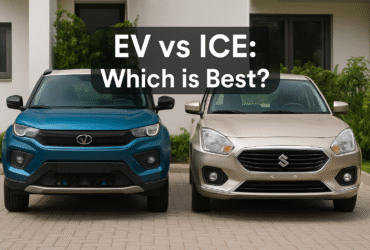Voice for Seafarers
Shippys.org is a voice for seafarers—a platform created to share real stories, experiences, and opinions from life at sea. It serves as a mouthpiece for the maritime community, giving those who work offshore a place to be heard, understood, and respected.




Any Advice for Dealing with Authorities and Locals When Calling at Egyptian Ports?
Having visited Egypt several times, I can give you an idea of what to expect. The authorities there, including the pilot, quarantine, customs, and PSC (Port State Control), tend to expect "gifts" in the form of cigarette cartons, chocolates, and sometimes cash to avoid unnecessary delays and issues.Read more
Having visited Egypt several times, I can give you an idea of what to expect. The authorities there, including the pilot, quarantine, customs, and PSC (Port State Control), tend to expect “gifts” in the form of cigarette cartons, chocolates, and sometimes cash to avoid unnecessary delays and issues.
For example:
The pilot typically asks for 6-10 cartons of cigarettes.
PSC might expect $600 cash and a few cartons of cigarettes for a smooth inspection.
Quarantine and customs officials also expect cartons and small items.
In addition to the officials, local businessmen often come onboard, setting up small shops selling souvenirs, spices, and dry fruits. Their prices are usually inflated, but you can bargain hard—sometimes you can bring prices down by 50% or more.
If you plan to go on a tour, the agent usually charges around $140 per person for a package including the Pyramids, the Egyptian Museum, lunch, and shopping. Beware of shopping stops, as prices are very high at those places.
In summary: Be prepared for constant demands, negotiate firmly, and guard your wallets and cigarettes carefully. Enjoy Egypt’s historical beauty, but be mindful of the port-side hustles. For more infotmation click here
See lessIs it realistically possible to strictly maintain rest hours onboard with the current manning strength?
Strictly maintaining rest hours onboard is challenging with the current manning strength. Due to operational demands, emergencies, and limited crew, rest hour violations often occur despite best efforts.
Strictly maintaining rest hours onboard is challenging with the current manning strength. Due to operational demands, emergencies, and limited crew, rest hour violations often occur despite best efforts.
See less